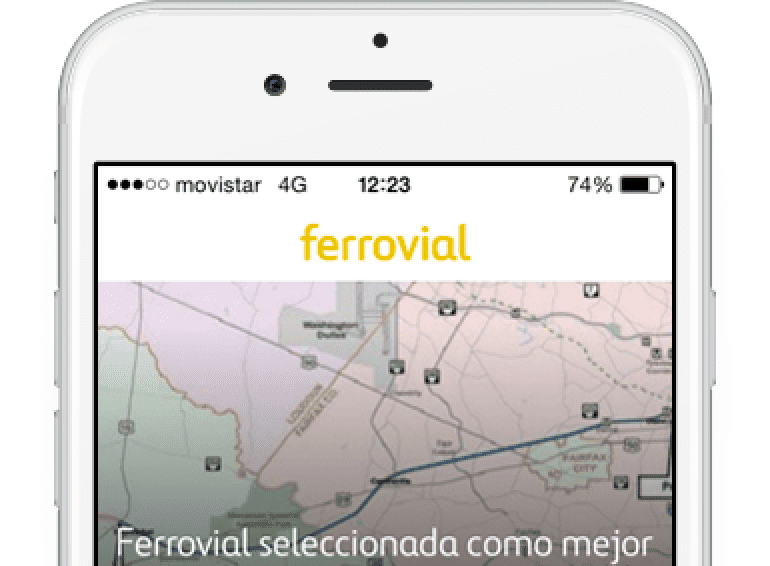The Ferrovial Construction team received the Digital Transformation strategy award at La Razón newspaper’s 7th edition of the Tu Economía awards. The company’s CEO, Ignacio Gastón, received the prize; he emphasized that “the construction industry has always been characterized as one of the most traditional sectors of the economy compared to others. This was one of the reasons for launching Abacus in 2020. This project includes a digital transformation plan aimed at monitoring processes in all phases of the project.”
This digital transformation plan aims to strengthen design capabilities, creating teams to improve collaboration between the bidding and execution departments. The company wants to take advantage of innovation and technology as a true engine to power the efficiency, management, and profitability of projects.
To do this, it is adopting tools to manage data and information throughout the entire process, both for the client and the suppliers, making it possible to make better decisions and minimize risks. This digital transformation enables the company to move from an operational reporting model to one based on data management. To that end, it is introducing emerging technologies like 5G, holographic vision, etc., throughout the process. The different initiatives that the company is carrying out to be a major player in the sector’s digitization include projects such as Earthworks and Digital Twins.
Ferrovial Earthworks is a system that uses the Internet of Things to monitor and control the movement of earth during projects to improve productivity and check up on the activity taking place on-site in real-time. This initiative continues with the search for and improvement of processes that facilitate carrying out the company’s activities, as well as guaranteeing safe spaces for Ferrovial employees.
Ferrovial Construction is also using one of the latest construction trends, the Digital Twin, in designing and building its infrastructure. This entails using virtual replicas where everything that happens in the physical world is simulated to monitor processes and objects’ behaviors. One example of this is the implementation of solutions for supervising and maintaining facilities and buildings remotely; another is the use of BIM (Building Information Modeling) methodologies for creating 3D models used as a guide in the design and construction phases for infrastructure.






